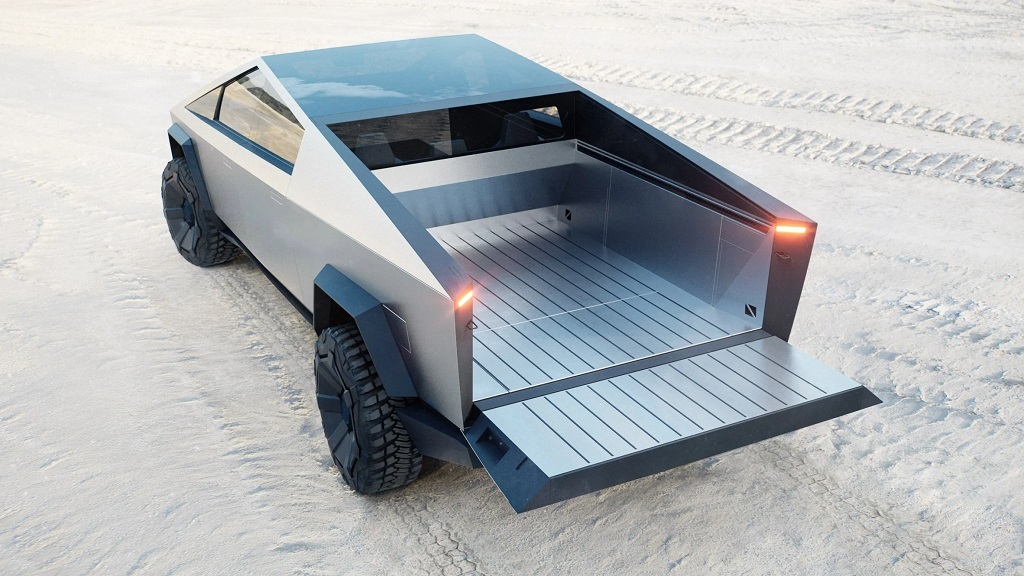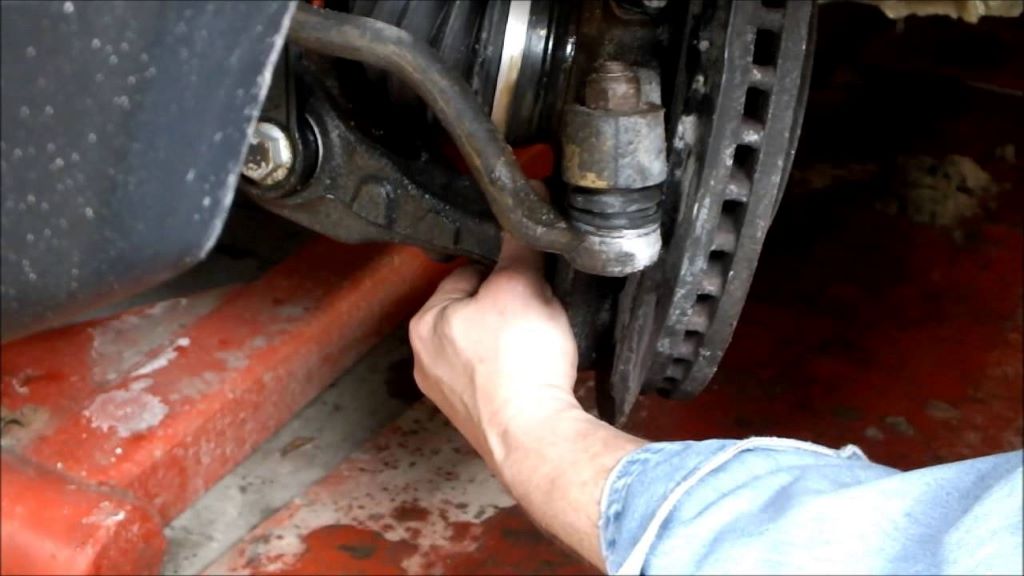The Tesla Cybertruck’s unveiling in 2019 sent shockwaves through the automotive world. Its audacious, wedge-shaped design divided opinions, but one aspect garnered unanimous attention: its incredible strength. But what exactly makes the Cybertruck so strong? This article delves into the science and engineering behind its seemingly indestructible exterior.
The Power of Steel: The Foundation of Strength
At the heart of the Cybertruck’s brawn lies its exoskeleton, a single-shell structure made from a special type of stainless steel – Ultra-Hard 30X Cold-Rolled Steel. Here’s what sets this steel apart:
- Cold-Rolled Process: Unlike traditional hot-rolled steel, which is heated to make it more malleable, Cybertruck’s steel undergoes a cold-rolling process. This keeps the steel stronger and denser, resulting in superior dent and scratch resistance.
- High-Strength Alloy: The specific composition of the 30X steel offers exceptional strength without compromising weight. This is crucial for maintaining the Cybertruck’s driving performance and efficiency.
- Exoskeleton Design: The single-shell exoskeleton eliminates the need for a separate body frame. This creates a more rigid structure, better distributing and absorbing impact forces across the entire vehicle.
Beyond Steel: Additional Features for Enhanced Durability
While the steel exoskeleton forms the core of the Cybertruck’s strength, other elements contribute to its overall durability:
- Armor Glass: The Cybertruck’s windows are made from Tesla-developed Armor Glass. While the infamous live demonstration didn’t go as planned, the glass is designed to withstand significant impacts, like a sledgehammer blow or a stray rock on a rugged off-road adventure.
- Self-Sealing Design: The exoskeleton is designed to be self-sealing to a certain extent. Minor punctures or tears shouldn’t compromise the overall integrity of the structure, potentially preventing larger leaks or damage.
- Lower Center of Gravity: The Cybertruck’s design places the battery pack low within the chassis. This contributes to a lower center of gravity, enhancing stability and reducing the risk of rollovers during collisions or sharp turns.
Understanding the Limits: What the Cybertruck Can (and Can’t) Withstand
While the Cybertruck boasts impressive strength, it’s crucial to understand its limitations:
- Bulletproof Claims: Initial claims about the Cybertruck being bulletproof were later clarified. The steel can likely resist small-caliber handgun rounds, but not high-powered rifle bullets.
- Real-World Impacts: The Cybertruck’s strength is designed to handle everyday wear and tear, off-road adventures, and potential collisions. However, extreme impacts beyond its design parameters could still cause significant damage.
- Long-Term Durability: As a relatively new vehicle design, the long-term durability of the Cybertruck’s materials and construction remains to be seen. Only time and real-world testing will reveal how the Cybertruck fares over extended use.
Beyond Strength: The Cybertruck’s Design Philosophy
The Cybertruck’s strength isn’t just about aesthetics; it reflects Tesla’s design philosophy. Here’s what this approach entails:
- Functionality Over Form: Tesla prioritizes functionality and durability over traditional car design conventions. The Cybertruck’s exoskeleton is a prime example, prioritizing strength and utility over a more streamlined look.
- Sustainable Materials: Stainless steel is a relatively recyclable material, aligning with Tesla’s focus on sustainability.
Related: What is an Automotive Battery?
Related: The Final Verdict: A Strong Contender in the Electric Truck Arena
The Tesla Cybertruck’s strength is undeniable. Its innovative use of materials and exoskeleton design sets it apart from traditional trucks. While some may find its design unconventional, its durability caters to those seeking a capable and robust electric truck for work or adventure. As Tesla continues to refine and test the Cybertruck, it will be interesting to see how this innovative design evolves and shapes the future of electric trucks.






